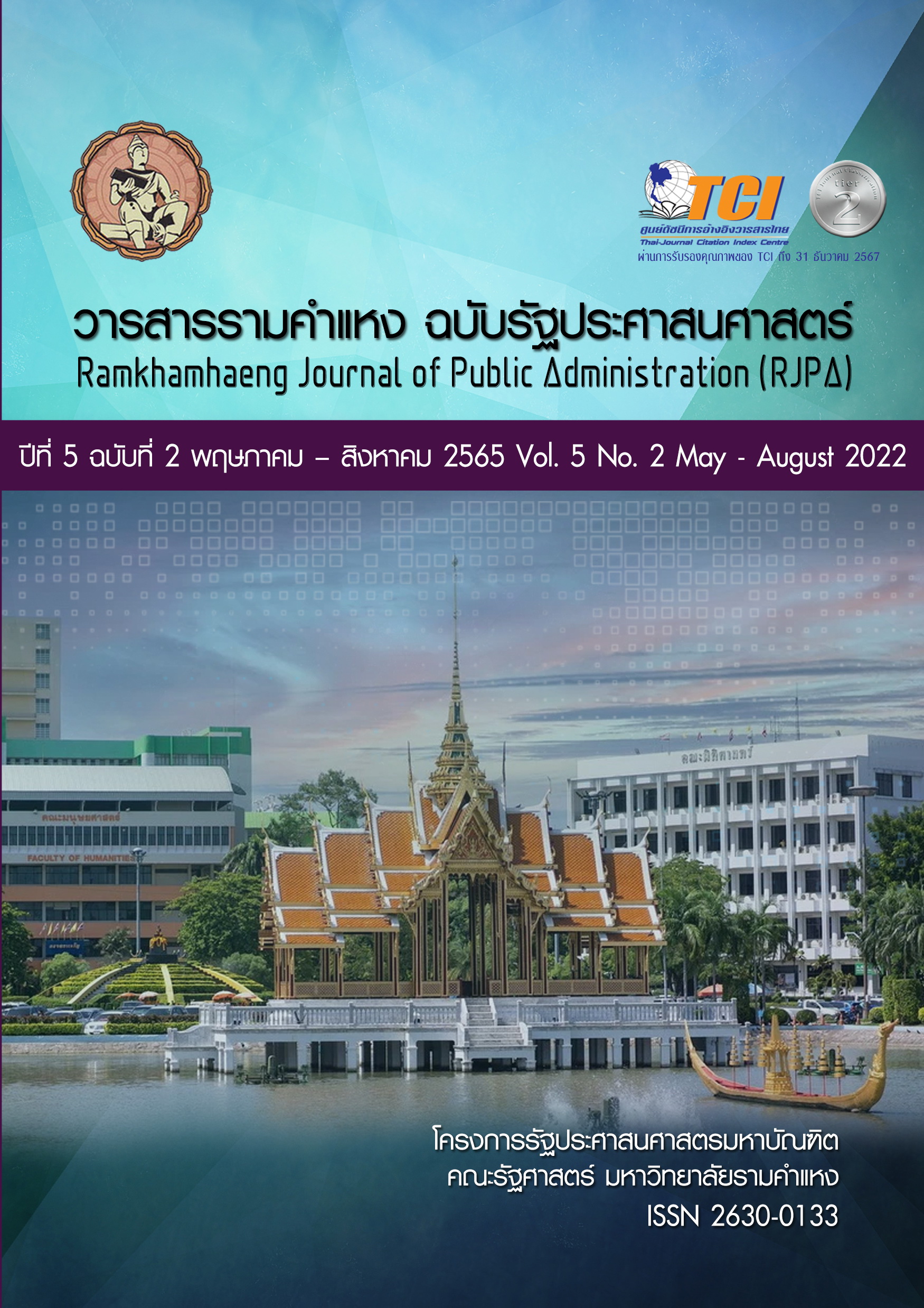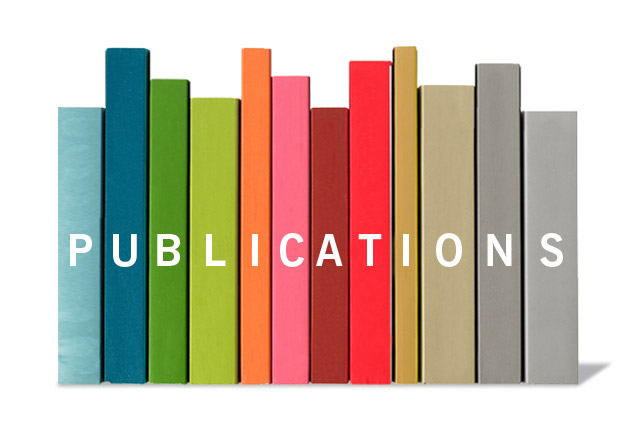ระเบียบวิธีวิจัยเชิงปริมาณกับความเป็นสากล (ที่ยังไม่เป็นสากล?) (Quantitative research methodology and universality (Not yet universality)
: บทสำรวจความหลากหลายของคำอธิบายการสุ่มตัวอย่างและการหาขนาดตัวอย่างในหนังสือระเบียบวิธีวิจัยและสถิติเพื่อการวิจัยโดยนักวิชาการไทย (A survey of a variety of explanations of random sampling and sample size in books on research methodology and statistics for research by Thai academics)
Abstract
บทคัดย่อ
บทความนี้มีวัตถุประสงค์เพื่อศึกษาความแตกต่างหลากหลายในคำอธิบายการสุ่มตัวอย่างและการหาขนาดตัวอย่างในหนังสือทางด้านระเบียบวิธีวิจัยและสถิติเพื่อการวิจัยใน 6 ประเด็นได้แก่ 1) คำแปล “sampling” 2) ความเหมาะสมของการสุ่มตัวอย่างแบบง่ายโดยการจับสลากแบบแทนที่กับแบบไม่แทนที่ 3) ความจำเป็นของการมีบัญชีรายชื่อประชากรในการสุ่มตัวอย่างแบบมีระบบ 4) จำนวนขั้นตอนของการสุ่มตัวอย่างแบบหลายขั้นตอน 5) ความเหมือนและความแตกต่างระหว่างการสุ่มตัวอย่างแบบบังเอิญและแบบตามสะดวก และ 6) การกำหนดขนาดของกลุ่มตัวอย่างโดยพิจารณาจากขนาดของประชากร การวิจัยครั้งนี้เป็นการวิจัยเอกสาร จากหนังสือด้านระเบียบวิธีวิจัยและสถิติเพื่อการวิจัยในประเทศไทยที่ปรากฏในห้องสมุด 4 แห่ง จำนวน 324 เล่ม
ผลการศึกษาพบว่า นักวิชาการส่วนใหญ่เห็นว่า 1) “Sampling” แปลว่าการสุ่มตัวอย่างทั้งแบบอาศัยหลักความน่าจะเป็นและแบบไม่อาศัยหลักความน่าจะเป็น (ร้อยละ 43.52) 2) ความเหมาะสมของการสุ่มตัวอย่างแบบง่ายโดยการจับสลากแบบแทนที่และแบบไม่แทนที่นั้นนักวิจัยสามารถกระทำได้ทั้ง 2 แบบให้ขึ้นอยู่กับดุลยพินิจ (ร้อยละ 53.33) 3) การสุ่มตัวอย่างแบบมีระบบสามารถดำเนินการได้แม้ในกรณีที่ผู้วิจัยไม่มีบัญชีรายชื่อประชากร (ร้อยละ 86.08) 4) การสุ่มตัวอย่างแบบหลายขั้นตอนต้องมีอย่างน้อย 2 ขั้นตอนขึ้นไป (ร้อยละ 75.44) 5) การสุ่มตัวอย่างแบบบังเอิญและการสุ่มตัวอย่างแบบตามสะดวกเหมือนกัน (ร้อยละ 56.9) และ 6) นักวิชาการส่วนใหญ่นิยมกำหนดขนาดของกลุ่มตัวอย่างโดยพิจารณาจากขนาดของประชากรแบบจุด (ร้อยละ 60.98) ทั้งนี้ในแต่ละประเด็นที่พบความแตกต่างหลากหลายของคำอธิบายนั้น สะท้อนให้เห็นถึงความพยายามที่จะเป็นสากลของระเบียบวิธีวิจัยเชิงปริมาณในการสุ่มตัวอย่างและการหาขนาดตัวอย่าง แต่จวบจนปัจจุบันก็ยังไม่สามารถบรรลุซึ่งความเป็นสากลได้อย่างสมบูรณ์แบบ ทั้งนี้ผู้วิจัยยังคงเห็นด้วยกับความพยายามในการสร้างความเป็นสากลในภาพใหญ่ เพียงแต่ว่าอาจไม่ใช่ความเป็นสากลที่เคร่งครัดแบบวิทยาศาสตร์ธรรมชาติ
Abstract
In this research investigation, the researcher examined the differences and the variety of explanations of random sampling and sample size in books on research methodology and statistics for research in six issues. These issues were (1) the meaning of “sampling”; (2) the appropriateness of simple random sampling by drawing lots with replacement and without replacement; (3) the necessity of having a list of the population for a systematic sampling; (4) the number of steps of multistage sampling; (5) the similarities and differences between accidental sampling and convenient sampling; and (6) the determination of the sample size with the consideration of the population size. This research is document research. The population consisted of 324 books on research methodology and statistics for research in Thailand from four libraries.
The findings showed that most researcher examined 1) "Sampling" meant random sampling with probability and non-probability sampling (43.52%) 2) appropriateness of simple random sampling by drawing lots with replacement and without replacement can be used with consideration (53.33%) 3) systematic random sampling can be used; although, researchers did not have a list of population (86.08%) 4) the multistage sampling, there should be at least two steps (75.44%) 5) accidental and convenient sampling were the same (56.9%) and 6) most academicians often determined the sample size by fixed percentages of population size (60.98%).
As the findings, the differences of each issue reflected an effort to have universality of quantitative research methodology in random sampling and the determination of the sample size. Until the present time, universality has not been completely reached. However, the writer strongly agreed with the effort to have the universality. Probably, it might not be the strict universality as natural sciences are.




 Publication Policy (นโยบายการตีพิมพ์บทความ)
Publication Policy (นโยบายการตีพิมพ์บทความ) Publication Ethics (จริยธรรมการตีพิมพ์บทความ)
Publication Ethics (จริยธรรมการตีพิมพ์บทความ)